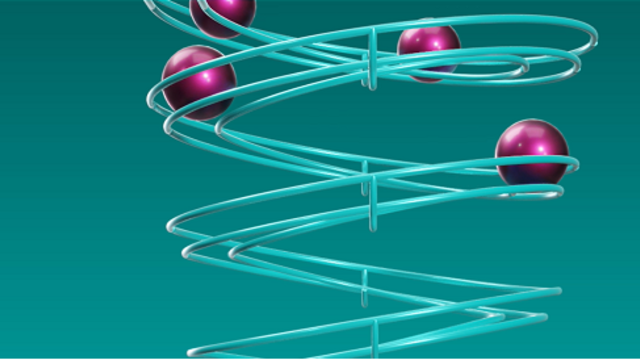
The vicious cycle of worsening migraine
Without effective preventive therapies to control the disease, migraine progresses in severity and impact,4 bringing with it a greater risk of overuse of acute medication leading to medication overuse headache and additional challenges and burdens.5,6
New treatments are promising
As new anti-CGRP preventive therapies prove their efficacy beyond reductions in migraine frequency,7,8 it is time to adjust our expectations upwards and provide a new perspective on migraine prevention.4,9 Effective preventive migraine treatment aims to reduce the frequency, severity and duration of attacks, thereby reducing the personal and economic burdens of people highly impacted by migraine (AHS 2019).
What do HCPs think patients should expect from future migraine treatment?
At the Lundbeck booth during the IHC congress in Seoul in September 2023, we encouraged visiting HCPs to grab a pen and write on the walls of the booth by asking them to share their thoughts to the following question:
"What do you think people living with migraine should expect from migraine treatment in the future?"


